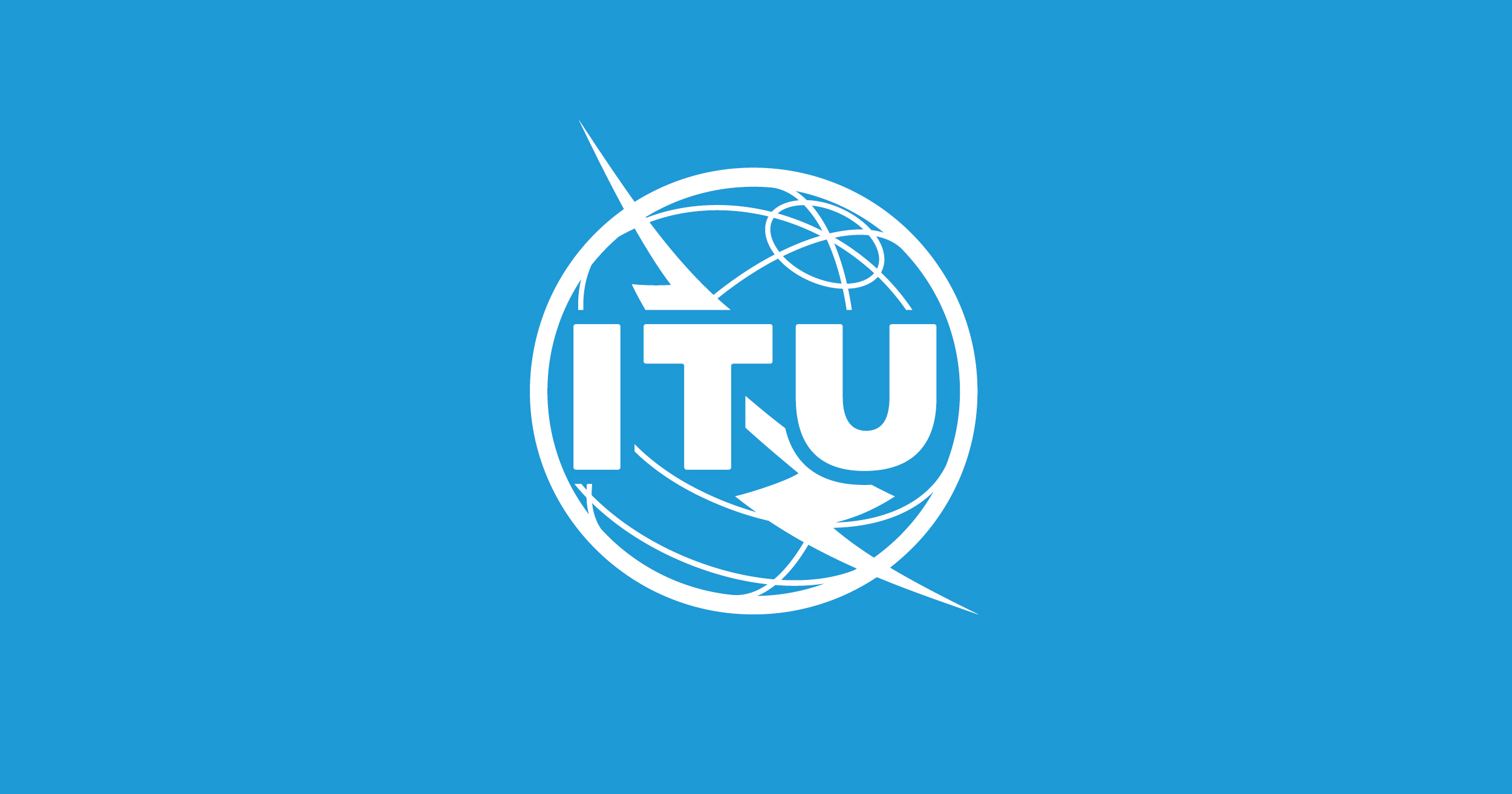Steady but uneven progress in global internet connectivity highlights the disparities of the digital divide and is leaving people in low-income countries behind, according to the International Telecommunication Union’s (ITU) Facts and Figures 2023 released on Monday.
Analysis of Internet data usage, featured for the first time in the ITU’s annual connectivity report, shows that fixed-broadband services accounted for over 80 per cent of global Internet traffic in 2022.
The volume of Internet traffic across fixed-broadband networks, which remain common in office and home settings, far exceeds that of mobile-broadband networks. However, the dominance of fixed networks underscores the global connectivity disparity between high- and low-income countries, with only one fixed-broadband subscription per 100 people in low-income countries due to high prices and a lack of infrastructure.
“The further and faster technology advances, the more urgent our mission to connect everyone becomes,” said Doreen Bogdan-Martin, ITU Secretary-General. “Fulfilling the promise of universal and meaningful connectivity is one of the most important causes of our time in our effort to realize the sustainable future we want and need.”
Sexual violence against children hits Benue IDP camps
Senate to amend law setting up senior citizens’ centre
ITU, the United Nations specialised agency for information and communication technologies, reported earlier this year that an estimated 2.6 billion people, or one-third of the global population, remain offline in 2023.
ITU’s flagship Facts and Figures tracks global connectivity with estimates on key indicators, including those related to infrastructure, affordability, gender, and location. It now includes new indicators on global 5G network coverage and Internet traffic data.

 Join Daily Trust WhatsApp Community For Quick Access To News and Happenings Around You.
Join Daily Trust WhatsApp Community For Quick Access To News and Happenings Around You.


